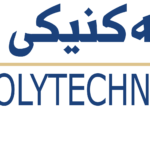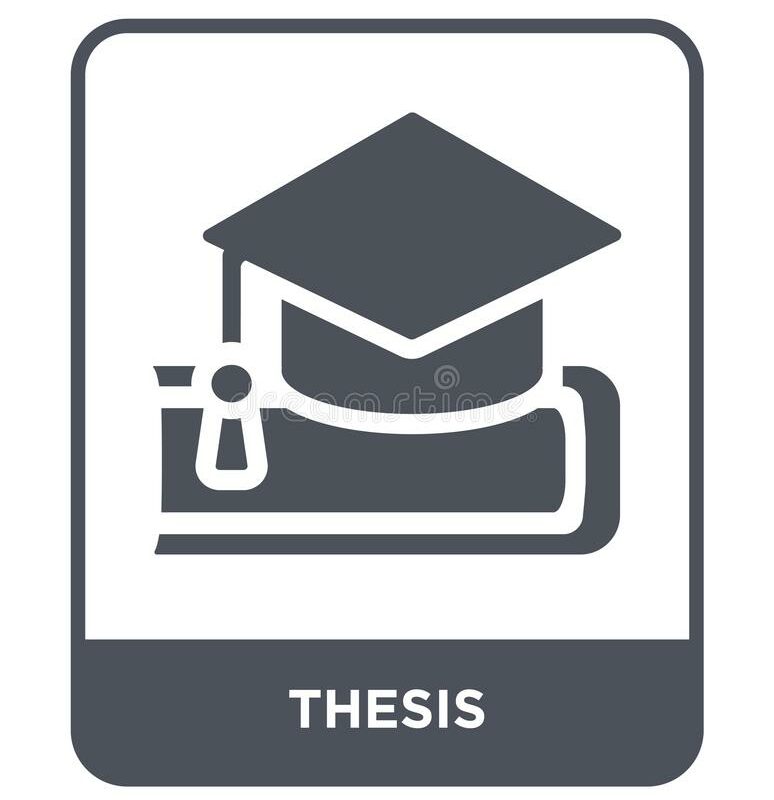- MEDIA ALI IBRAHIM
- media.ibrahim@epu.edu.iq
- +9647504859569
- MEDIA ALI IBRAHIM
-
Fog Computing (FC) has recently emerged as a promising new paradigm
that provides resource-intensive Internet of Things (IoT) applications with low
latency services at the network edge. However, the limited capacity of
computing resources in Fog colonies poses great challenges for scheduling and
allocating application tasks. In this dissertation, an Intelligent Scheduling
Strategy Algorithm in a Fog Computing system based on Multi-Objective Deep
Reinforcement Learning (MODRL) is proposed. MODRL algorithm select
nodes (Fog nodes or Cloud nodes) for task processing based on three
objectives; current node’s Load, node Distance, and task Priority. MODRL is
a smart method that integrates the ideas of Multi-Objective Optimization and
Deep Reinforcement Learning to tackle intricate decision-making situations
involving several conflicting objectives. This technique is especially valuable
in situations when there is a requirement to maximize numerous criteria
simultaneously, even if they do not exactly line, and where trade-offs need to
be taken into account. The proposed model addresses two main problems; task
allocation and task scheduling. Employ three Deep Reinforcement Learning
(DRL) agents based on a Deep Q Network (DQN), one for each objective. It is
a specific form of Artificial Neural Network structure employed in
Reinforcement Learning. The DQN algorithm utilizes a Deep Neural Network,
commonly a Convolutional Neural Network (CNN), to estimate the Q-function.
This enables the model to effectively process intricate input domains. However,
this is a more challenging scenario because there is a trade-off among these
objectives, and eventually, each algorithm may select different processing
nodes according to its own objective, which brings to a Pareto Front problem.
To solve this problem, propose using Multi-Objective Optimization, a Non
dominated Sorting Genetic Algorithm (NSGA2), and a Multi-Objective
Evolutionary Algorithm based on Decomposition (MOEA/D), which are Multi-VII
Objective Optimization algorithms that can choose the optimal node by
considering three objectives.
Simulation investigation and experiments using a Python environment
with TensorFlow, PyTorch, Pymoo, and PQDM libraries in PyCharm, which is
a powerful Python IDE, to simulate and train the Intelligent Scheduling
Strategy. As well as, Virtualized data using MatPlotLib in the Jupyter
Notebook, indicates that the proposed Intelligent Scheduling Strategy could
attain better results for the several employed efficiency, adaptability, and
performance metrics: Task Completion Time, Makespan, Transmission Delay,
Queueing Delay, Processing Delay, Propagation Delay, Computational Delay,
Latency, Network Congestion, Throughput, CPU Load, and Storage
Utilization, with an average value of 2.02ms, 10ms, 25ms, 2ms, 1.0ms,
9.5ms,3ms, 3.5ms, 0.10ms, %100, %10, and % 99, respectively.
- Erbil Technical Engineering College
- ISE
- Fog Computing, MODRL
- Mahmood soran abdulrahman
- mahmood.s.pt@gmail.com
- +9647508906638
- mahmood soran master thesis
-
Ankle Foot Orthoses (AFO) are mostly advised for a stroke patient who is complicated with plantarflexion deformity, to promote initial-contact in heel-strike (by restraint extreme plantarflexion position of ankle joint) and provide ground clearance of foot in the swing phase, likewise support, and progress the alignments of the feet for reducing knee joint extension and promoting hip joint extension through stance-phase. The current study aimed to provide deeper knowledge using software gait analysis for the biomechanical effects of PLS AFO for stroke patients.
42 participants involved in the study divided into 3 groups (the first and second groups were 28 stroke participants that used AFO and with OUT-AFO and the third group was 14 normal participants without deformity. All participants walked 10 meters in a straight line and their gait was recorded at Comfortable Walking Speed. Temporal-spatial and kinematic parameters of the Hip, Knee, and Ankle joints were compared in the study. they were processed using Computer gait analysis (modified Vicon software) and The GraphPad Prism (Version 9.0) program was used to analyze the data. One-way analysis of variance (ANOVA) and post hoc Tukey’s test were carried out for comparison among the three studied groups.
The Posterior Leaf Spring AFO showed improvement in joint kinematics and temporal spatial parameters of stroke patients. greater improvement of knee range of motion in the AFO condition that has better knee flexion in the early stance (from 8.16 to 16.24 degrees with participants using AFO), a huge increase in the late stance of knee extension (from 0.16 to 3.82 degrees), and better knee flexion than the barefoot condition in the swing flexion (from 26.1 for the bare feet to 39.78 degrees using the AFO). AFO can be beneficial for improving joint kinematics and progress in walking speed, gait symmetry, and balance, and reducing the risk of falls. - Erbil Technical Health College
- Physiotherapy
- Physiotherapy



